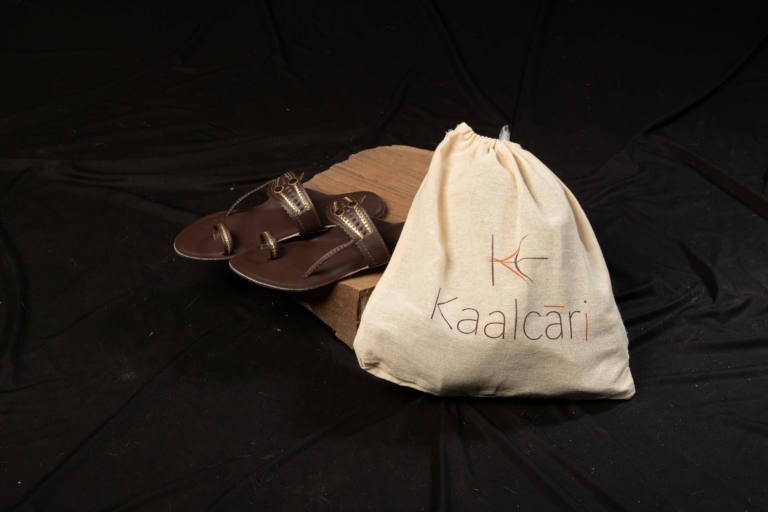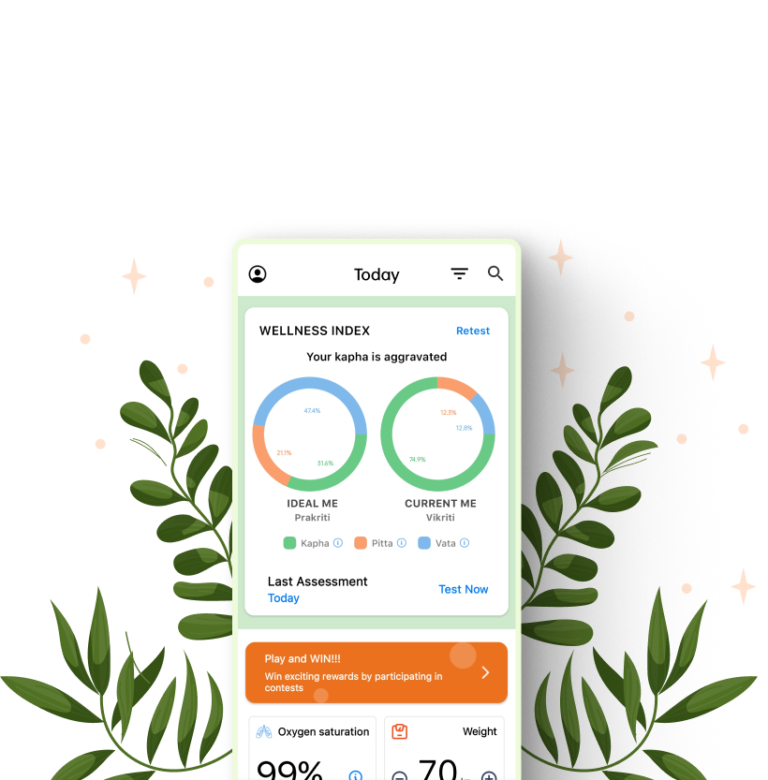Through the lockdown imposed in the coronavirus pandemic of 2020, it was found that 66% of shoppers missed the ability to try on products online, and 64% missed the overall tactile experience of shopping in stores. It’s that look-touch-and-feel that, psychologically and socially, does not have the same effect online.
Customers still want the physical experience of shopping. Yet brands can’t go back to the same in-store template as before the pandemic. Today, shoppers have different desires, standards, and behaviors, expecting transformational experiences at every curb of the attention economy.
With the pandemic at the periphery, many consumers are ready to spend time and money in brick-and-mortar locations again. In fact, Google predicts that by 2024, 78% of purchases will be made in stores. However, over 63% of shopping journeys still start in eCommerce. For brick-and-mortar to succeed today, physical shopping needs to be reimagined through a digital lens.
By creating an omnichannel shopping experience, your cultural enterprise can continue engaging with those customers both online and offline to grow repeat sales. Read on to find out how NICE entrepreneurs can leverage the emerging business model of phygital retail.
What is Phygital Retail?
Phygital retail combines the physical and digital experience of shopping to bring the customer an unparalleled shopping experience. This business model aims to combine the best components of e-commerce and browsing in a brick-and-mortar store to perform the dual function of improving customer experience while boosting sales revenue.
The idea behind it is for the retailer to use a physical storefront to provide customers with an immersive brand experience. If the consumer enjoys the experience, they can purchase the product online.
Merging your physical and digital storefront is important to surpass customers’ expectations in terms of practicality and experience, and phygital retail is a way to accomplish this.

Three Elements of Phygital Retail
Streamlining online and offline touchpoints to create a phygital experience involves combining the three I’s—immersion, immediacy, and interaction. While immediacy and immersion come from the digital realm, interaction is from the physical world. Let’s take a look at these concepts:
- Immersion involves making the customer part of the experience.
- Immediacy means shoppers get the right message at the right time, and they can choose the way their order is fulfilled based on how quickly they want it.
- Interaction allows consumers to touch, feel, and engage with your products.
How Phygital is Reinventing Indian Retail Customer Trends
Technologically India has been a fast-growing country with a big stake in the AI revolution. However, digitization may be a work in progress in the retail industry, as AI solutions are yet to be fully translated in stores across India. Let’s take a look at some customer engagement trends which show that phygital retail needs to be an essential part in every brand strategy in India.
- AI will rule the future: With the help of Artificial intelligence, marketing can be more human-centric. Marketers now have access to advance tools of AI to speedily collect user data and set up a shopping experience relevant to the customer.
- Traffic in offline stores will stay low: Even as the second wave of the pandemic has caused customers to order from home, this trend will continue post the pandemic. Some of them will make fewer trips to the store, so each experience should count.
- Self-service: Nobody likes the long queues at checkout counters. Customers are looking for the quickest ways to find the products they want and one-click checkouts.
- Providing personalized experience everywhere: Whether the shopper is online or at the offline store, the experience should be personalized.
- Value-consciousness: Increasingly, customers are going to constantly evaluate the quality, price, and discounts on all the products they choose.
Examples of Phygital Retail
Successful phygital retail experiences are convenient, fast, and engaging. For this to happen, brands have been adopting digital innovation to disrupt traditional shopping expectations. Phygital enables brands to collect data at multiple touchpoints and optimize the experience on whatever channel the individual customer will shop on.
These are experiences that are being spearheaded by pop-up shops, flagship stores, and showrooms. Some examples include IKEA’s app ‘Place’, which lets customers visualize how their furniture will fit and look in their houses, leveraging Augmented Reality (AR) tech.

Cultural enterprises in the Fashion and beauty sector can leverage a phygital experience. Shoppers can “order” the products they want to try with the help of touch screens in the store. Then, they will see which fitting room is available and when they can try out the products. After they try out clothes, shoppers can request a smaller or bigger size with the help of the intelligent touch screen mirror, and they will receive it in a few moments. Another advantage is that the mirror can help shoppers change the lighting in the room to see exactly how the outfit is going to look.

Conclusion
A recent Harvard Business Review article noted that “while e-commerce will continue to be an essential element of retail strategy, the future success of retailers will ultimately depend on creating a cohesive customer experience, both online and in stores.”
Having a physical store lets you provide experiences you can’t accomplish online, and having an online store gives customers the flexibility to choose how they shop, pay, and fulfill their orders.





